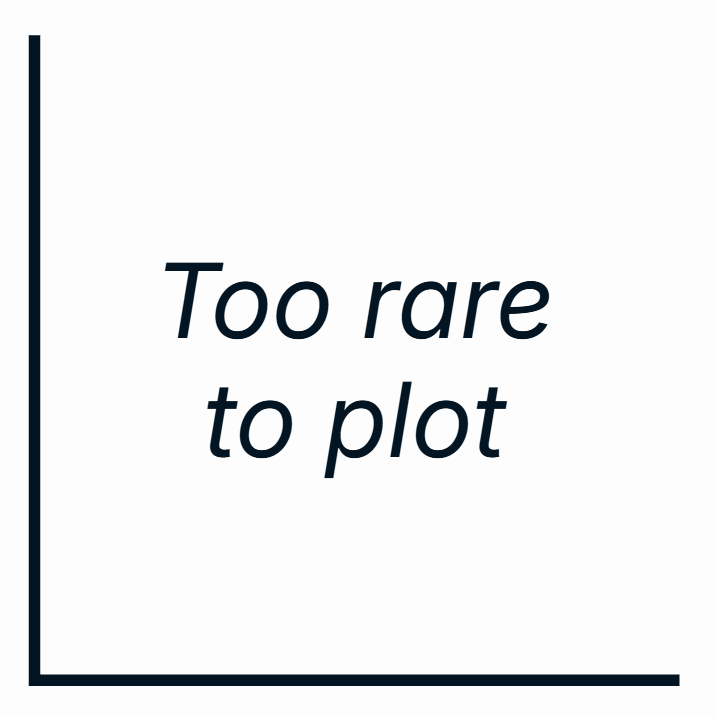Great Auk
Introduction
The Great Auk was hunted to extinction for its meat and large eggs.
The last known British Great Auk was killed on St Kilda in the 1840s, a decade after the last Irish Great Auk had died in captivity, having been captured in Waterford Harbour in May 1834.
The name 'penguin' was used as early as the 16th century in association with the Great Auk, and may have its roots in the Welsh language, but was later transferred to the unrelated, but similarly evolved, birds of the southern oceans.
Key Stats
Status and Trends
Conservation Status
Population Size
Population Change
The Great Auk was declared Globally Extinct in 1852. The last record from Britain (St Kilda) was in 1840.
Distribution
The Great Auk is extinct so cannot be mapped.
Distribution Change
The Great Auk is extinct so we cannot map distribution change.
Seasonality
Great Auk is extinct and we have no seasonality data for this species.
Movement
Britain & Ireland movement
Biology
Survival and Longevity
Survival is shown as the proportion of birds surviving from one year to the next and is derived from bird ringing data. It can also be used to estimate how long birds typically live.
Classification, names and codes
Classification and Codes
- Order: Charadriiformes
- Family: Alcidae
- Scientific name: Pinguinus impennis
- Authority: Linnaeus, 1758
- Euring code number: 6370
Alternate species names
- Catalan: alca gegant
- Czech: alka velká
- Danish: Gejrfugl
- Dutch: Reuzenalk
- Estonian: hiidalk
- Finnish: siivetönruokki
- French: Grand Pingouin
- Gaelic: Colcach-mhòr
- German: Riesenalk
- Hungarian: óriásalka
- Icelandic: Geirfugl
- Irish: Falcóg Mhór
- Italian: Alca impenne
- Latvian: milzu alks
- Lithuanian: didžioji alka
- Norwegian: Geirfugl
- Polish: alka olbrzymia
- Portuguese: torda-grande
- Slovak: alka velká
- Slovenian: orjaška njorka
- Spanish: Alca gigante
- Swedish: garfågel
- English folkname(s): Garefowl
Research
Causes of Change and Solutions
Causes of change
The extinction of the Great Auk was certainly hastened, if not driven, by severe and widespread hunting for food, feathers (down) and eggs. In the latter stages of its decline, taking of birds for museum skins would have represented the final knell.

